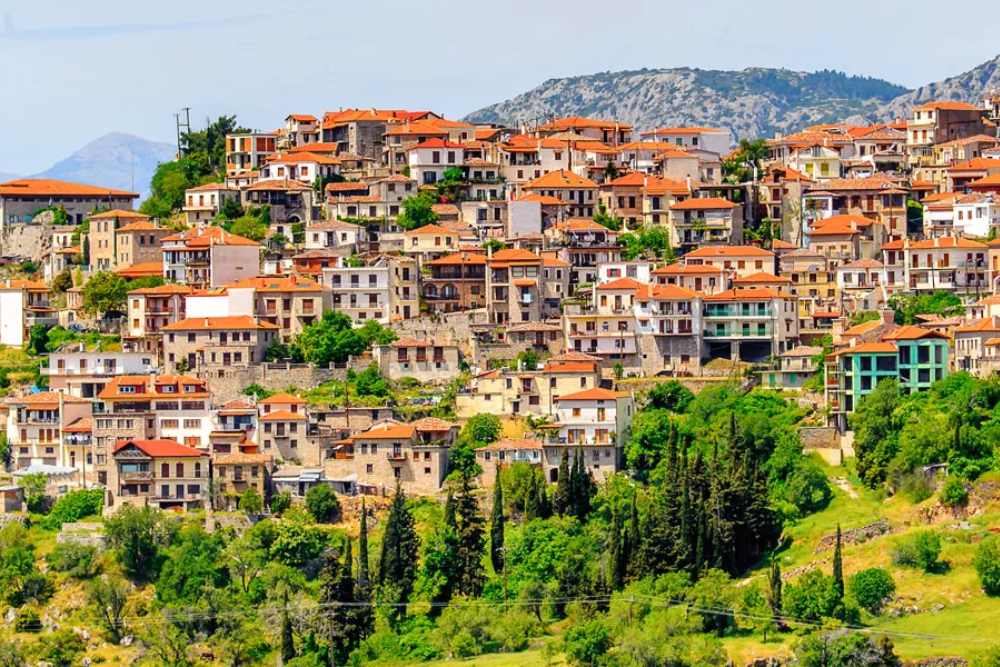Introduction
Delphi is an ancient archaeological site and modern town in Greece, located on the slopes of Mount Parnassus near the Gulf of Corinth. It was considered the center of the world in ancient Greek religion and mythology, marked by the omphalos stone. Delphi is most famous for the Oracle of Apollo, where the Pythia, a high priestess, would deliver prophecies believed to come from the god Apollo. The site includes significant ruins such as the Temple of Apollo, the ancient theatre, the stadium, and the Tholos of Delphi. Today, Delphi is a UNESCO World Heritage Site and attracts visitors for its historical, cultural, and scenic significance.
Hiking the Sacred Way

- Walk the Sacred Way, the ancient path leading to the Temple of Apollo. The trail is surrounded by breathtaking landscapes and offers a glimpse into history as you pass ruins of treasuries and monuments. The combination of physical activity and historical immersion makes this an unforgettable adventure.
Mount Parnassus
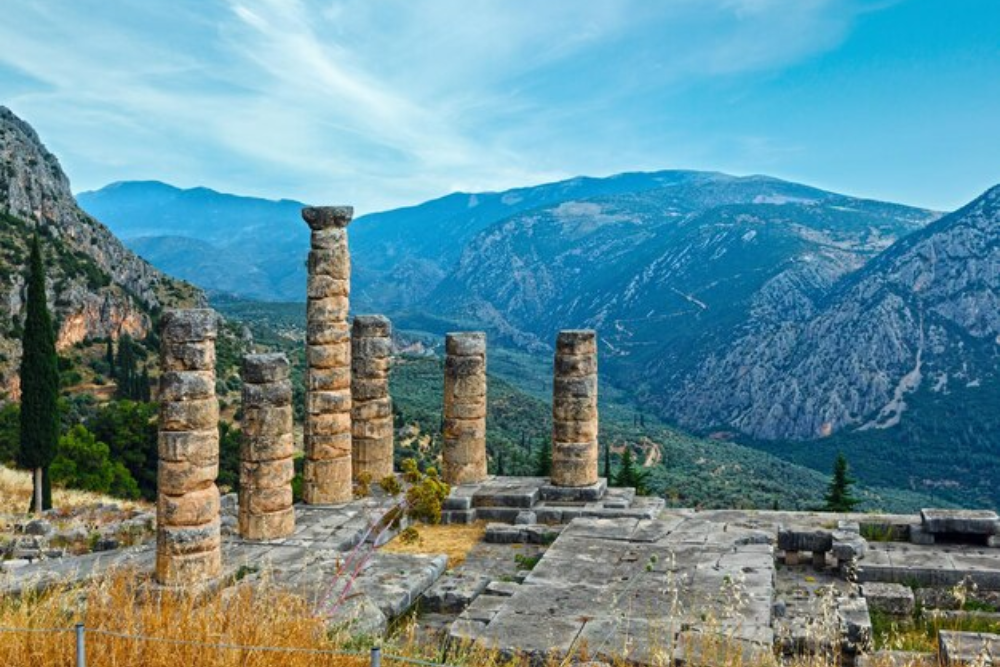
- Adventure seekers can trek through the trails of Mount Parnassus, a haven for hikers and nature enthusiasts. The trails lead to stunning views of the valley and ancient ruins, offering both physical challenge and serene beauty.
Parnassos Ski Center

- During the winter months, head to the Parnassos Ski Center, one of Greece’s top ski resorts. Skiing or snowboarding on the slopes of Mount Parnassus adds an exhilarating twist to your visit.
Rock Climbing in Parnassus National Park
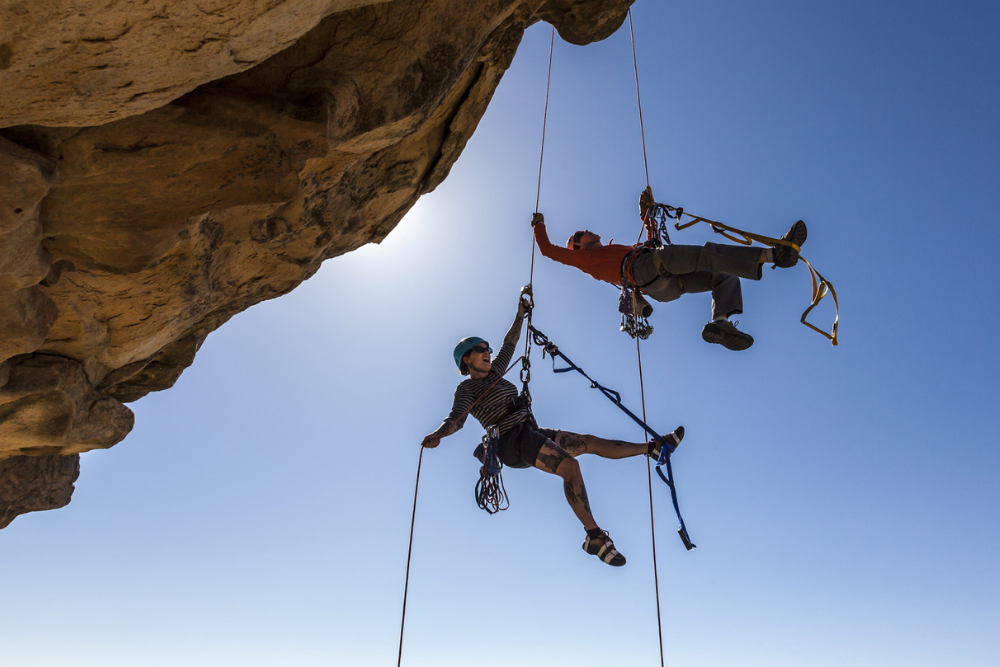
- For the thrill-seekers, the cliffs and rocks around Delphi provide excellent opportunities for climbing. The rugged terrain is both challenging and rewarding, with magnificent views of the Delphi valley and Gulf of Corinth.
Ancient Theatre of Delphi
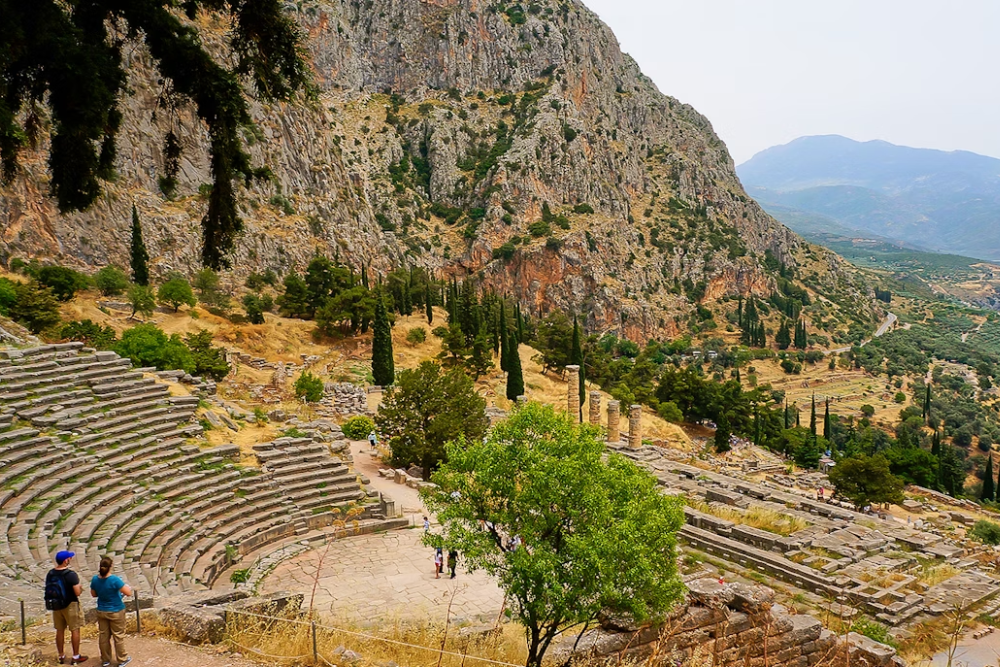
- Perched on a hillside, this well-preserved ancient theatre offers stunning views of the surrounding landscape. It once hosted musical and dramatic competitions during the Pythian Games.
Delphi Archaeological Museum
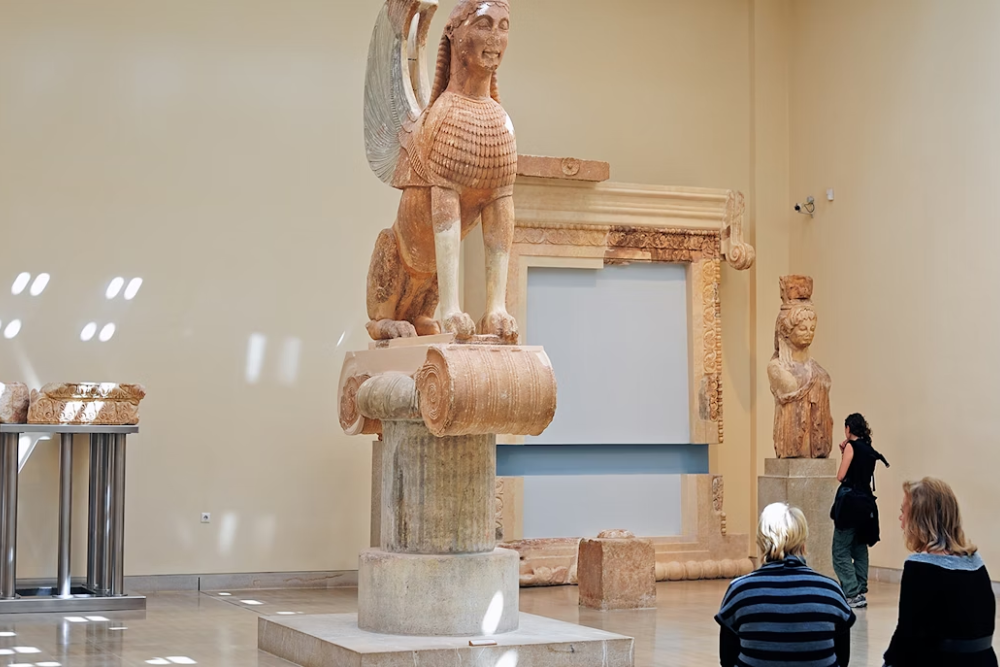
- Home to a vast collection of artifacts from the site, including the famous Charioteer of Delphi statue, the museum provides deeper insights into the rich history and culture of ancient Greece.
Castalian Spring
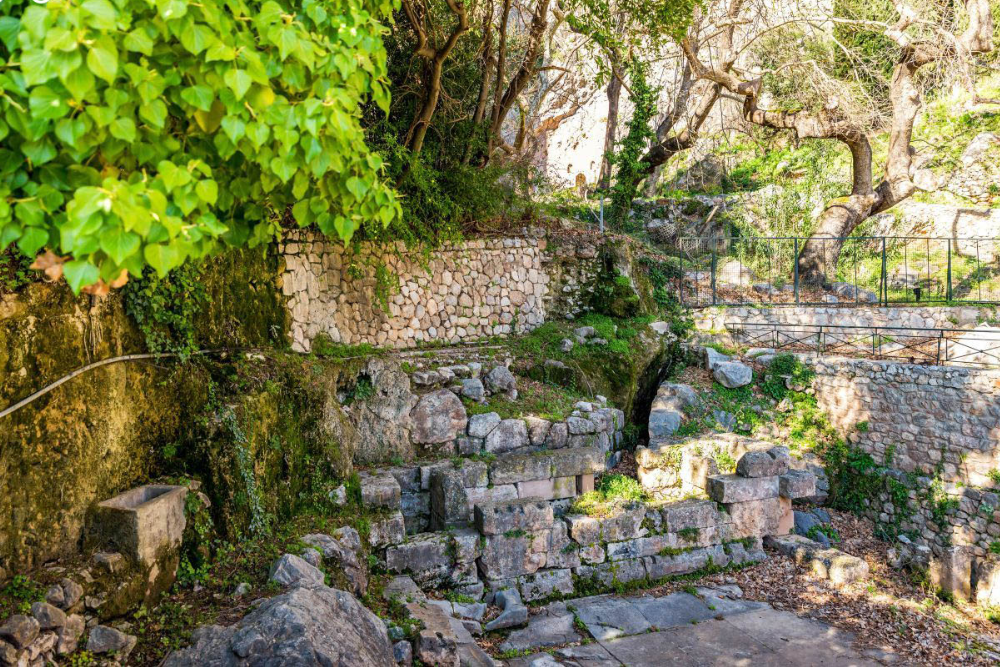
- This sacred spring was believed to purify visitors before consulting the Oracle. The tranquil setting and historical significance make it a serene place to explore and reflect.
Dos and Don’ts in Delphi
Dos
- Respect the Historical Site
- Stay on designated paths and avoid climbing on ruins to help preserve the archaeological site for future generations.
- Wear Comfortable Shoes
- The terrain in Delphi can be uneven, especially at the archaeological site and during hikes. Wear sturdy footwear to ensure a safe and enjoyable experience.
- Bring Water and Sun Protection
- Delphi can get quite hot, especially in summer. Carry water, sunscreen, a hat, and sunglasses to stay hydrated and protect yourself from the sun.
Don’ts
- Avoid Touching Artifacts
- Refrain from touching or leaning on ancient structures and artifacts to prevent damage.
- Don’t Litter
- Keep the site clean by disposing of trash in designated bins or carrying it out with you.
- Don’t Skip the Museum
- The Delphi Archaeological Museum is an essential part of understanding the history and significance of the site. Allocate enough time to explore it.
Best time to reach in Delphi
- Spring (April to June)
- The weather is mild and pleasant, with temperatures ranging from 15°C to 25°C (59°F to 77°F).
- The surrounding landscapes are lush and vibrant, filled with blooming wildflowers.
- Perfect for exploring the archaeological sites, hiking Mount Parnassus, and enjoying outdoor activities.
- Autumn (September to October)
- Cooler temperatures make walking and hiking comfortable, typically between 18°C and 25°C (64°F to 77°F).
- The summer crowds have thinned, allowing for a more serene and reflective experience.
- Stunning autumn foliage enhances the beauty of the area.
Other Considerations
- Summer (July to August)
- The site can be crowded and temperatures often exceed 30°C (86°F).
- If visiting during this time, arrive early in the morning or late in the afternoon to avoid the heat and large groups.
- Winter (November to March)
- The site is less crowded, and you’ll enjoy a tranquil atmosphere.
- However, some facilities or trails may be limited, and weather conditions can be chilly (5°C to 15°C, or 41°F to 59°F).



